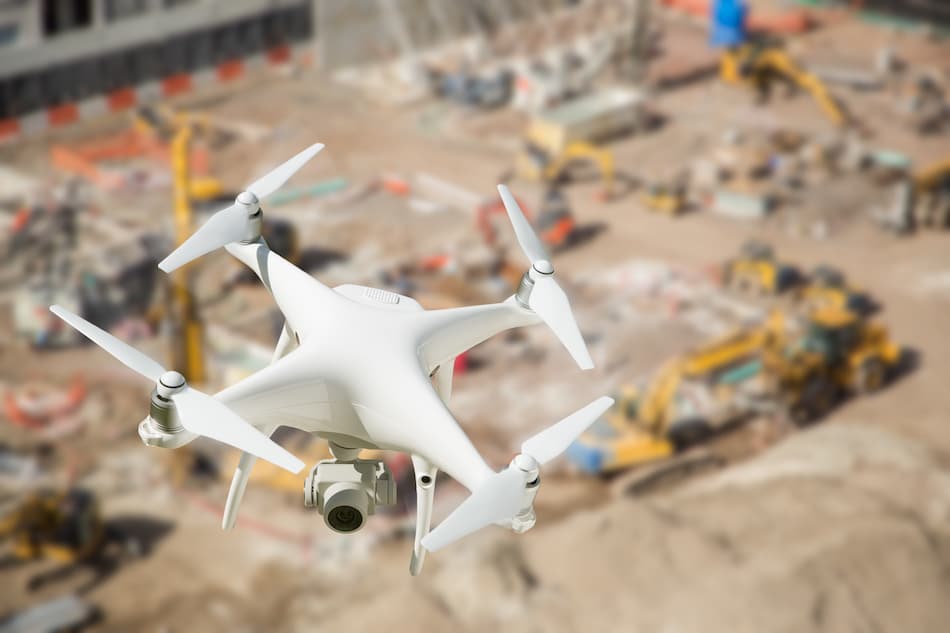
How New Home Building Technologies Are Changing Construction
 Practically every industry in the world is getting a makeover when it comes to new technology, and construction is no exception. Home building hasn’t exactly been known for being the first to jump at new technology developments, but that doesn’t mean they aren’t experimenting with what’s hot right now. The good news for current and future home buyers is that not only will technology make things safer, it will also make things cheaper. While it may take a while to reach your particular neighborhood—be it Maple Grove or elsewhere—the trends speak for themselves.
Practically every industry in the world is getting a makeover when it comes to new technology, and construction is no exception. Home building hasn’t exactly been known for being the first to jump at new technology developments, but that doesn’t mean they aren’t experimenting with what’s hot right now. The good news for current and future home buyers is that not only will technology make things safer, it will also make things cheaper. While it may take a while to reach your particular neighborhood—be it Maple Grove or elsewhere—the trends speak for themselves.
Drones
Drones are the most popular kind of autonomous technology when it comes to construction sites. These high-flying robots can scout locations faster than anyone on land ever could, and they give leaders a heads-up when it comes to the challenges of their chosen building site. Drones are also excellent at providing real-time updates to supervisors and buyers alike, so everyone there’s more visibility to the building process. Drones help spot inefficiencies so they can be corrected as quickly as possible. They give the contractor a means of seeing the larger picture that might not be as clear when in the thick of the action.
3D Laser Scanners and Printers
A 3D laser scanner can be used to report information back to decision-makers. A drone can show a contractor a picture of a stockpile, but a drone with a 3D laser scanner attached to it can tell the contractor exactly how high and wide that stockpile is. This technology is accurate to a degree of just 2 millimeters! These scanners can also be used to collect data so that self-learning machines can control the construction without the help of human interaction. In addition to scanners, 3D printers are also being used. Apis Cor, a start-up in San Francisco, has already used a printer to build a home from scratch and it only cost them around $10,000 to do it. While residential builders certainly haven’t hit this level of achievement, it may only be a matter of time.
Regenerative Concrete
Also known as self-healing concrete, this building material has come into the public eye for its resiliency and cost-cutting potential. Currently, there are several different methods being tested, including concrete made with shape-memory polymers. The idea is that no matter what damage concrete may undergo, either by blunt trauma or just the passage of time, the concrete will be able to regulate itself without the need for humans to fix it. Currently, this technology is mainly coveted because of it’s potential to save taxpayers millions (or even billions) of dollars of road repairs. However, this technology could very well reshape how concrete is used for homes as well. Eventually, your foundation may be able to fix itself from the moment is starts to buckle.
Brick-Laying Robots
Home-building robots can lay up to 1,000 bricks an hour, a feat that would take a single worker two or three days to complete. While these technologies aren’t being adopted en masse right now, the potential for these types of advanced robots is definitely there. The construction industry is experiencing a bit of a labor shortage currently, which has led the demand for masonry workers to rise. These robots may be able to fill the gap to further push costs down for home buyers. The construction industry is a $1.3 trillion enterprise, and these robots may be a huge game-changer for what people are willing to pay for a quality home.



